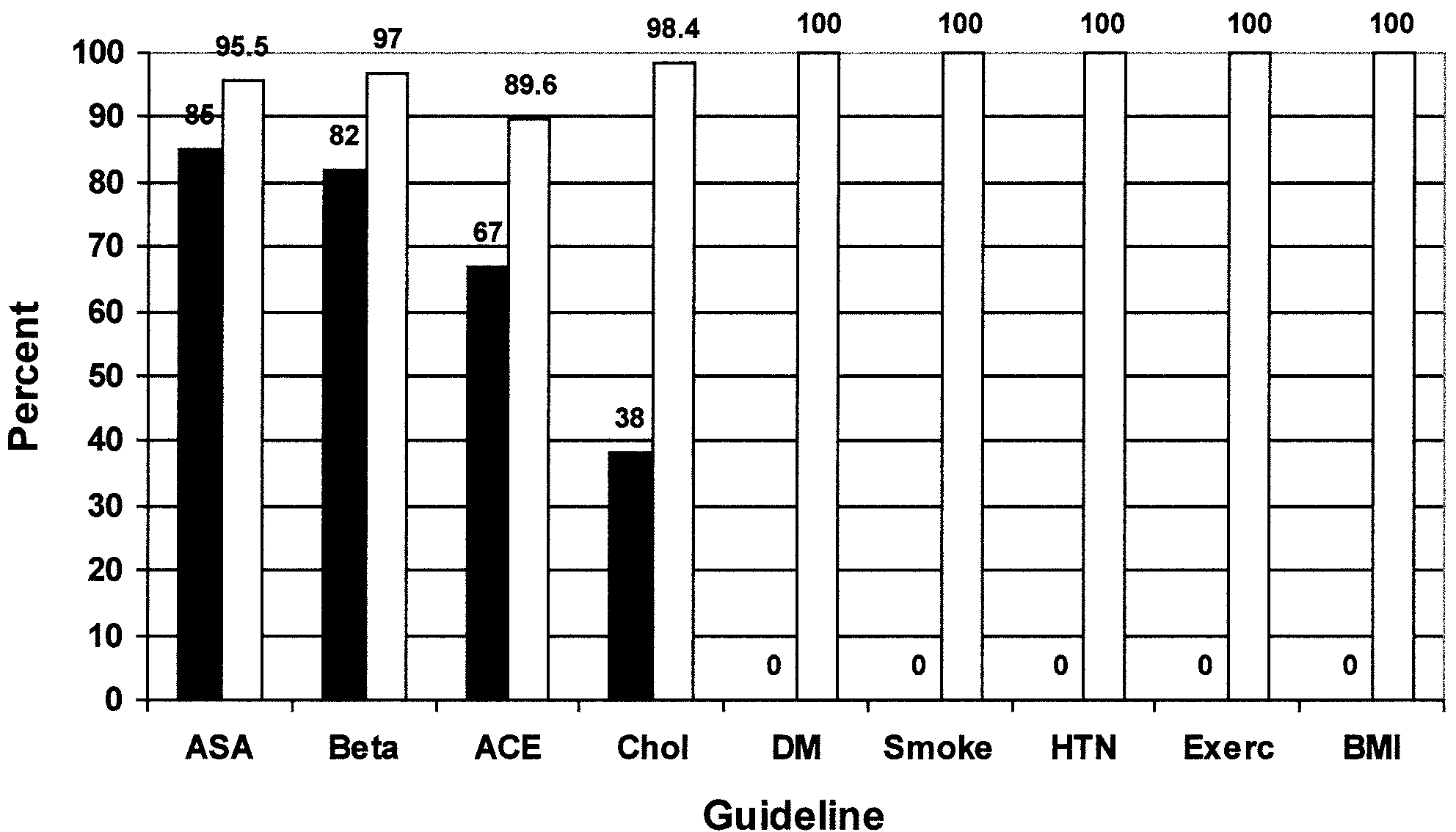Microsoft word - public consultation guidelines - en text.doc
Introduction and types of public consultation In democratic societies, legislators have a duty to represent citizens’ interests. Constituents are citizens whom a legislator has been elected to represent. Part of a legislator’s job in a democracy is to serve these constituents by representing their interests in the legislature and by providing a direct link to government. Citizens intera
 EDITORIAL
EDITORIAL